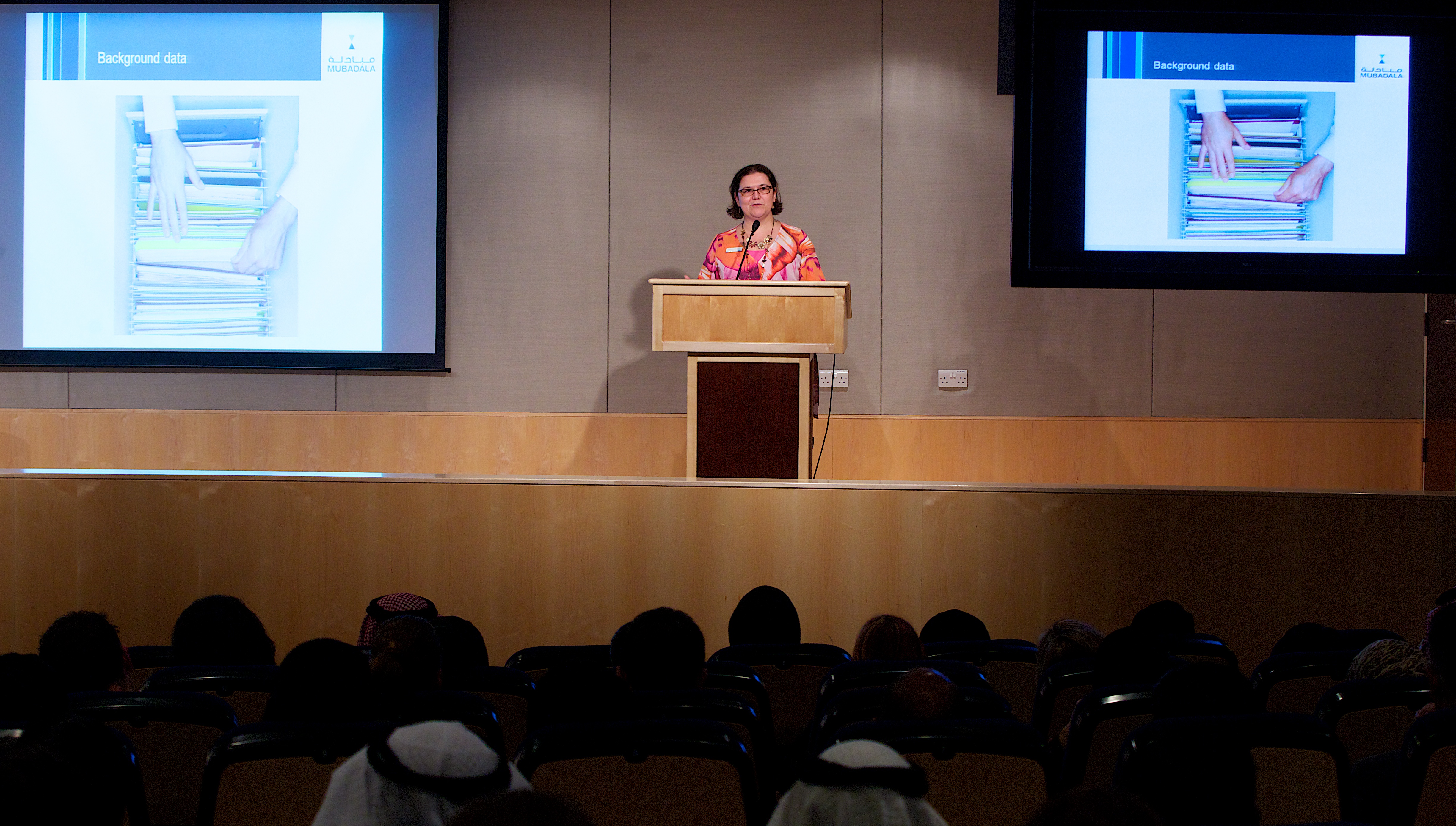SUMMARY
- “Mix the types of goals for your team members : 70 to 80% with good potential to success, and 20 to 30% to stretch and grow skills”.
- Are you managing a team of Rewards professionals ? In this episode, learn some tips on communication and goals-setting to ensure everyone is on-board, motivated by their goals, and growing on the job.
- “hold regular meeting s to tell your whole team, at the same time, about what’s going on in this organisation. It will save you time and transparency to all means they can better do their jobs.
- If you’re ready to lead your team, it’s time to be strategic about how you set priorities for the team and each of its members.
- Watch the video to get the full training or read the transcript below.
RELATED POSTS
Lunch and Learn – ideas for your Compensation team
INSPIRATIONAL QUOTES



FULL TRANSCRIPT
Hello and welcome to this episode of Compensation Insider. Today I would like to give you some tips on how to organize your team.
Once you become a C&B Manager or a Senior Manager or Director, and you have a number of people reporting to you, there are a number of tricks to make sure that you achieve the best outcome for the team, and for each of the team members and for yourself.
Tip 1 : Inclusive and transparent communication on all aspects of the business
The first tip that I would like to share is that you should update everyone on everything, which means that you hold regular meetings to tell the whole team at the same time about what’s going on in the organization. It’s not just about new work that is coming to them but it’s also what’s happening in certain divisions or business units, or in a certain country.
You want to do it with everybody at the same time so that there is inclusion. If your team members have questions then you can answer those questions to everybody at the same time. Obviously it saves you time compared to if you were to say it individually to each team member.
Most importantly, it gives a sense of perspective to your team, and it tells them to place their work into a bigger context of the organization. That might help them change something in how they are designing an incentive, in the kind of KPIs that they track. They might come back to a certain manager and ask more questions about something and so on. So it’s really important that you try and share as much information as you can with the team.
Tip 2 : Setting goals to foster success and growth
The other thing that I would like to share is the method that we were using to set the Comp & Ben objectives for the year with my team in my last corporate role.
I had a small team there with three managers, and two team members. In the beginning of the year we would have a big brainstorm : “What do we have to work on this year ?”.
A number of those things were recurring, like participate to salary surveys, prepare compensation committee/board meetings. Then there were the projects that we wanted to do and projects that we understood were coming from the business, from the HRBPs, from the CEOs of the different business units that we need to work on, or things that were assigned to us from the group CEO.
Once we have done that brainstorming and we had agreed on those bigger projects, I would say to everybody : “I want you each to come back to me and tell me on which projects you would like to work on. I will do the exercise as well. And then we will have another exercise altogether where we will all discuss what you would like to work on, and we will assign those projects accordingly”.
One week later when everybody had thought of what they wanted to work on, we would have another meeting.I had also done the exercise on my side to assign for each of them a number of projects or work to do. I would ask them what they wanted to do and why they would like to work on,and it was an opportunity for me to discover what they wanted to do, and even maybe assign some work to somebody that I would not have thought of. If two of them wanted to work on the same projects, they could present to me why they wanted to do it and I could make a decision or maybe put them both to work on it.
The way that I distributed the objectives was to play to their strengths. I would give them some assignments that they would feel reasonably comfortable they can achieve, and I would feel good on the potential for success.
That would represent about 70 to 80% of their work. Then I would put them on at least one project, maybe two, that would make them stretch. Something new for them, that they would do with me to supervise and, which would make them grow their skills and technical ability.
Tip 3 : Ensuring flexible team composition for cross-fertilization
I made sure that I would organize what I called cross fertilization : each of these three manager had to work with each of the non-managers for the employees to have exposure to the whole team. The more junior staff would not be working with only one of my managers, and would be exposed to different ways of teaching, and different types of projects. It also showed managers how it is that you can grow somebody, mentor them and teach them how to do the work.
I kept some of the projects for myself, for my personal growth, but also to distribute as a reward, as a top or high level project, because once your team members become more advanced in their knowledge, they want to take on those high level, high visibility projects.
They want to try new things, they want to demonstrate that they’re ready. And for me as a manager I’ve always said : “If you’re not replaceable you’re not promotable”. I want to grow my team so that they can replace me one day so that eventually I can move on and take on either another job, or be promoted inside the organization.
That was a good way for us to organize the work, it worked really well, because it was a collaborative process. I’m not saying that everybody was working 100% on the stuff that they wanted to work on, and they were 100% delighted, but I think it meant for them that they had a chance. It was not a random assignment of project. For instance I tried to make sure that if somebody had been in charge of supervising the salary surveys one year they wouldn’t have to necessarily do it the following year, they would be working on something else. It kept the job more interesting for them.
And because it was open in how we were discussing and coming to an agreement to who would be in charge of what on the different projects, it was very transparent. They could see that I was trying not to play favorites or to have one person who has only simple assignments or the opposite, very, very challenging work and they have no chance of reaching their objectives.
I hope that this advice will help you once you have your own team, to see how you can distribute the work across the team. Even if the company does not have a strategic plan, or has not communicated it to you, or even if the HR Director has not told you as Head of Comp & Ben what it is that we need to work on next year, you can still take ownership of goals for your team.
I believe that this applies across any position, you can do that. You know the job, and you can figure out what are the main things that you need to work on. Obviously if there is something coming up during the year because the organization is changing, then you change the objectives. But this is a good way to organize the work for the year and even in circumstances when the organization is not very clear on where it wants to go.
I hope this helps, and if you have some tips to share on how to manage your team, don’t hesitate to leave a comment. I look forward to seeing you next week in the next episode of Compensation Insider. Thank you very much.



Speak Your Mind